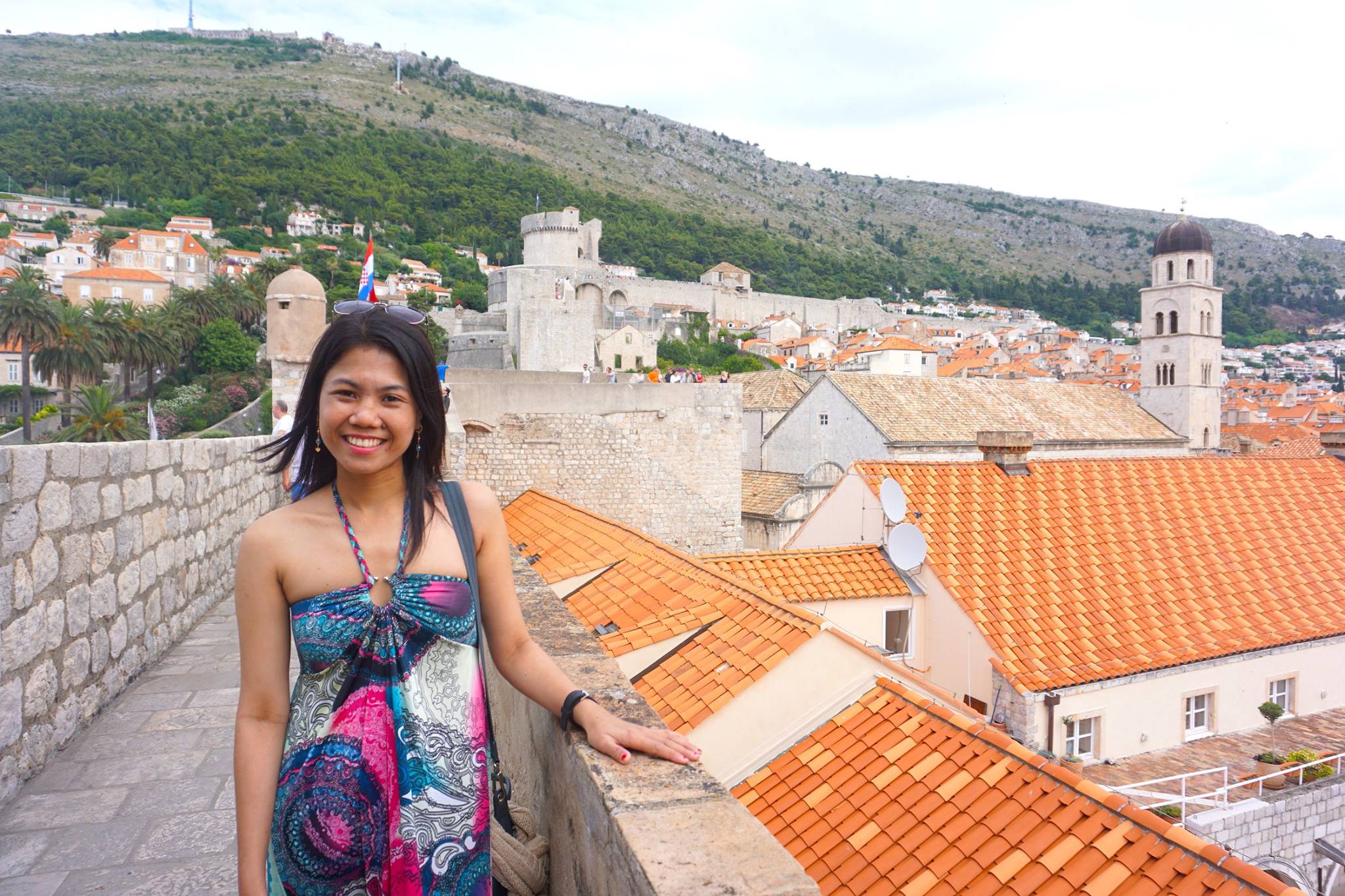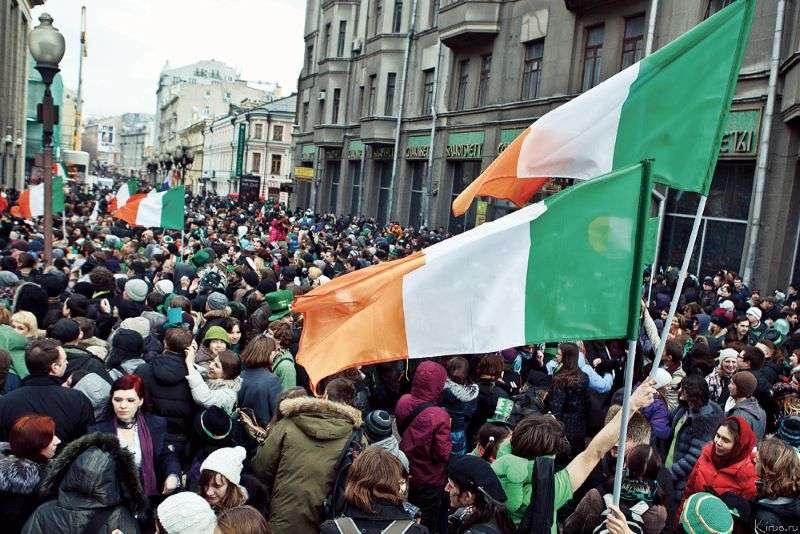Are you looking for some really interesting facts about Saint Patrick?
Saint Patrick was a 5th-century bishop in Ireland, who later became known as the primary patron saint of the country. He is called the “Apostle (or Enlightener) of Ireland.”
RELATED READ:
His Feast Day – known to most as St. Patrick’s Day – is March 17th. This is an annual holiday that is most associated with Ireland.
If you want to know more interesting facts about St. Patrick, we have listed the best ones for you. Read on.
Things you'll find in this article
- 13 Interesting Facts About Saint Patrick
- 1. Saint Patrick’s birth name was Maewyn Succat
- 2. St. Martin of Tours was his uncle
- 3. Saint Patrick is not the only patron saint of Ireland
- 4. St. Patrick was never formally canonized
- 5. St. Patrick’s Day has been observed since 1631
- 6. St. Patrick wasn’t Irish
- 7. St. Patrick was kidnapped and sold to slavery as a teenager
- 8. While preaching, St. Patrick’s Ashwood cane is said to have become a tree
- 9. Saint Patrick used the shamrock when teaching the Gospel
- 10. Legend attributes St. Patrick the banishment of snakes from Ireland
- 11. He did not actually banish those snakes.
- 12. St. Patrick wore blue robes instead of green
- 13. The first St. Patrick’s Day parade did not happen in Ireland
13 Interesting Facts About Saint Patrick

1. Saint Patrick’s birth name was Maewyn Succat
St. Patrick wasn’t always called Patrick or Pádraig or even Patricius. His given name was, in fact, far from it.
He was born Maewyn Succat to Calpurnius and Conchessa Succat about the year 372 AD. Succat only adopted his new name when he became a priest.
The name “Patrick” comes from the Latin Patricius, which means “patrician” and “nobleman.” This name is related to the Latin root that translates to “father.”
2. St. Martin of Tours was his uncle

Statue of Saint Martin
St. Martin of Tours gave up his job as a Roman soldier to become a monk. He was eventually consecrated as the third Bishop of Tours in the year 371 AD. He fought paganism and implored pardon for the heretics.
Born Sulpicius Severus, St. Martin of Tours was St. Patrick’s mother Conchessa Succat’s brother. This is possibly why St. Martin is also very popular in Ireland.
St. Martin of Tours is the patron saint of beggars, horses, and soldiers.
3. Saint Patrick is not the only patron saint of Ireland
Saint Patrick is Ireland’s primary patron saint. However, the country has three patron saints, the other two being St. Brigit of Kildare and St. Columba.
Being the main patron saint, however, makes St. Patrick the most popular saint in Ireland.
4. St. Patrick was never formally canonized
St. Patrick lived prior to the current canon laws of the Catholic Church, that’s why he never got to be canonized in the Vatican. This means he is technically not a saint.
Due to his contributions to Christianity, however, St. Patrick is venerated as one in the Catholic Church as well and in the Eastern Orthodox Church and the Church of England. He is, in fact, one of the world’s most well-known spiritual figures.
5. St. Patrick’s Day has been observed since 1631
March 17th, believed to be the day of the saint’s death, was established in the Catholic Church as the Feast Day of St. Patrick.
However, he had been Ireland’s patron saint much longer than that – since the 7th century.
Initially a religious observance back in the 1600s, St. Patrick’s Day has become a celebration of Irish culture.
The day is observed with parades, special foods, lots of music and dancing, and the color green.
6. St. Patrick wasn’t Irish
Although mostly associated with Ireland, St. Patrick was actually not Irish. Born in Roman or sub-Roman Britain, St. Patrick’s birthplace and birthdate are not known with any certainty.
However, there have been claims that he was born in present-day Scotland, specifically in Kilpatrick, while others say it was South Wales.
His parents were both Roman citizens.
7. St. Patrick was kidnapped and sold to slavery as a teenager
While we have mentioned he wasn’t born in Ireland and his parents were not Irish, St. Patrick had actually spent years of his youth in Ireland.
This is because he was abducted by Irish pirates as a teenager and sold as a slave to the petty chieftain of an Irish pagan clan or, as some claim, a Celtic priest in Northern Ireland.
In Ireland, the young Maewyn Succat had worked as a shepherd for many years before he managed to escape to England. He lived in a monastery there where he became an ardent Christian.
Years later, he came back to Ireland a Christian missionary. At this time, he had already been ordained a Bishop in England.
8. While preaching, St. Patrick’s Ashwood cane is said to have become a tree
There is a popular legend that says that while St. Patrick was gone preaching to try to convert pagan villagers into Christianity, he left his Ashwood cane on the ground.
The story goes that he was gone so long that the walking cane grew leaves and branches, becoming an ash tree.
Hence, the name of that town – Aspatria, in the English borough of Cumbria.
9. Saint Patrick used the shamrock when teaching the Gospel
The iconic shamrock is as Irish as St. Patrick is.
According to legend, the saint used the three-leafed clover to illustrate the Holy Trinity or three persons in one God. Each of the shamrock’s leaf symbolizes the Holy Father, the Holy Son, and the Holy Ghost.
This illustration shows how three spiritual beings could be different and yet the same all at once.
The Celts called the shamrock “seamroy” and regarded it as a sacred plant that denoted the coming of spring.
10. Legend attributes St. Patrick the banishment of snakes from Ireland
Legend credits St. Patrick with banishing all the snakes from Island. It goes that the saint rid the island of the serpents by chasing them into the sea after he was attacked by the creatures while he was on a 40-day fast on top of a hill.
11. He did not actually banish those snakes.
The absence of the slithering creatures in the Irish islands has been observed by Gaius Julius Solinus from as early as the 3rd century, way before St. Patrick was even born. According to some, the Irish saint to have driven the serpents out of Ireland is actually St. Columba.
Neither St. Patrick nor St. Columba got rid of the snakes from Ireland. The myths have been debunked by modern science.
Ireland is a really cold country so scientists claim that it’s highly unlikely that snakes even existed there to begin with.
In fact, fossils of snakes have yet to be discovered in the Emerald Isle.
It has been surrounded by water since the last glacial period, keeping these creatures out. But even before that, Ireland had been covered in ice which would have been impossible for any reptiles to survive.
12. St. Patrick wore blue robes instead of green
St. Patrick’s Day is associated with the color green.
However, from all surviving artworks that depict St. Patrick, we can see him wearing blue robes instead of green.
The color green became connected with St. Patrick’s Day only during the Irish independence movement that took place in the late 1700s. “Saint Patrick’s blue” is what we now call the saint’s color. That said, we should be wearing blue instead of green on St. Patrick’s Day!
13. The first St. Patrick’s Day parade did not happen in Ireland
The Irish have been celebrating St. Patrick’s Days since the early 17th century.
However, the tradition of a parade during this special day started in America. The first St. Patrick’s Day parade took place prior to the founding of the United States.
It happened in a Spanish colony which is now St. Augustine in Florida. Irish vicar Ricardo Artur arranged this parade and the whole St. Patrick’s Day observance.

Hi, I’m Christine – a full-time traveler and career woman. Although I’m from the Philippines, my location independent career took me to over 60 countries for the past 12 years. I also lived in 4 continents – from the Caribbean, South East Asia, Africa and now in Europe. But despite living in several countries, my love for Ireland remains the same. A country that had been a part of my life since I was 14 because of my love for Irish music and bands. Ireland Travel Guides was born because of this passion and hopefully, in some little ways, this website will be able to help you on your next trip to Ireland.


